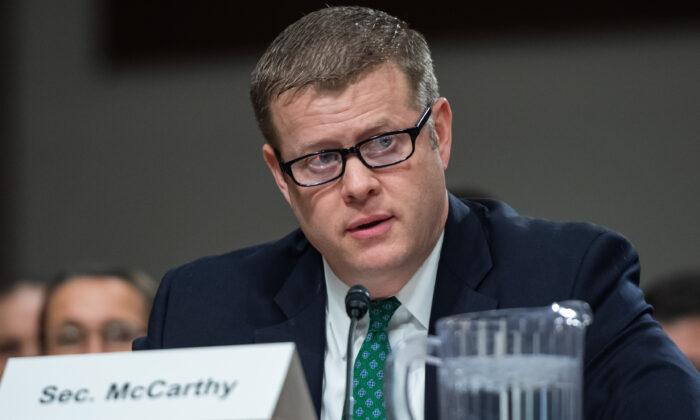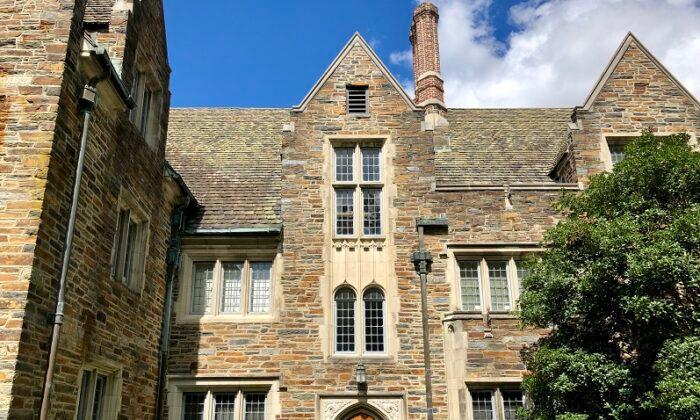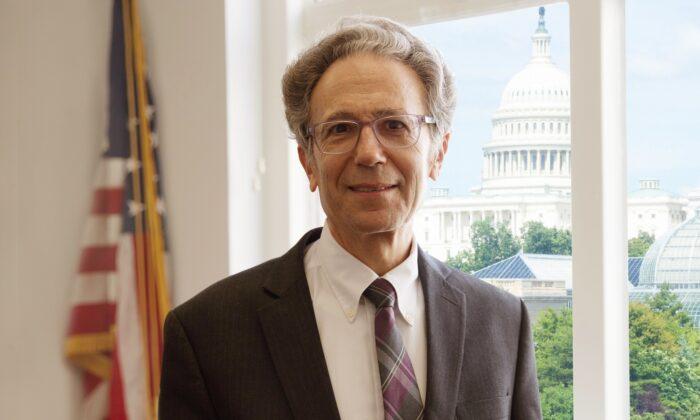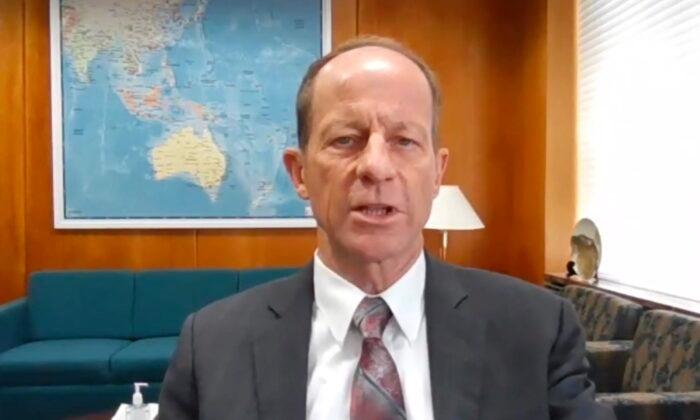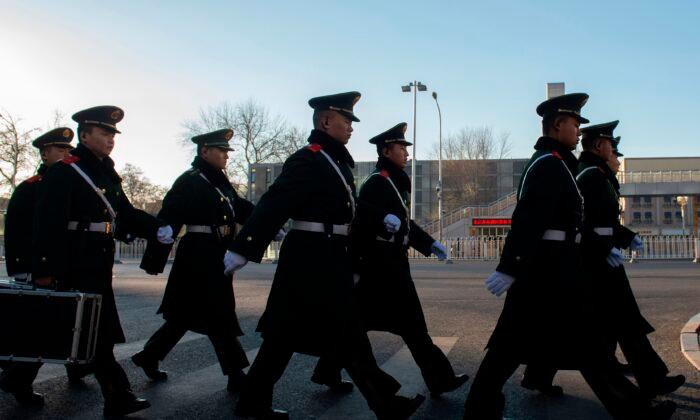WASHINGTON—As the United States works to counter the strategic threat posed by China in the region of the Indo-Pacific, the U.S. Army is taking on a more important role.
Secretary of the Army Ryan McCarthy spoke at the Brookings Institute on Jan. 10 about how the Army is modernizing, expanding, and deepening its commitment and operational abilities in the Indo-Pacific theater of command.
The Indo-Pacific, known in the Army as INDOPACOM, is home to the four most-populous countries in the world, as well as three of its largest economies, the United States, China, and Japan, McCarthy said.
Critically, the region also holds six of the 10 largest armies in the world, he said.
The United States has five treaties in the Indo-Pacific, “all critical for reinforcing the American narrative alternative to the ‘Belt and Road’ initiative.”
Those treaties, with Australia, Japan, the Philippines, South Korea, and Thailand, underpin the Trump administration’s policy for a “Free and Open Indo-Pacific,” which provides a framework for advancing U.S. interests and alliances in a multi-faceted competition against China.
The U.S. Army’s Role
While the huge expanse covered by INDOPACOM is traditionally thought of as a venue for the navies and air forces of its constituent countries, the U.S. Army is a key piece of overall U.S. strategy.“We must have continuous presence,” Ryan said.
“The U.S. Army must be postured in the region for the intensifying competition, and if required, to win in conflict.”
INDOPACOM, as the Geographic Combatant Command is known, stretches from Mongolia in the north to Australia and New Zealand in the south; from India in the west to the farthest reaches of Pacific Islands, including Kiribati, in the east.
But among these, it’s only China that the United States has in mind.
Under Xi, China has been rapidly modernizing, reorganizing, and streamlining its People’s Liberation Army ground, air, and naval forces. Using that expansion, it has embarked on a campaign to build new relationships from the Philippines to Djibouti on the Horn of Africa.
Expanding the Army’s Capabilities
McCarthy highlighted cooperation and coordination with sister services to help the Army expand and improve overall American effectiveness within a joint force.After an on-site, at-sea review in spring 2019 with U.S. Navy Adm. Phil Davidson, commander of the U.S. Indo-Pacific Command (USINDOPACOM), new plans for the Army’s role in serving the needs of the USINDOPACOM were decided upon.
USINDOPACOM, perhaps counter-intuitively, is the United States’ oldest and largest military combatant command, based in Hawaii.
Key among those programs is the Defender Series program. Its role in strengthening any potential U.S. response to Chinese military aggression is critical.
As McCarthy described it, the Defender Series is a division-sized element.
Army Times reported in May 2019 that “about 5,000 to 10,000 soldiers will deploy for Defender Pacific, which will likely be once a year.”
“The exercise will focus on the South China Sea or East China Sea area and run between 30 to 45 days,” it said.
Based in the continental United States, the Defender Series can be flexibly and rapidly deployed to locations when and where it’s most needed.
As McCarthy put it, “You could drop them in. They could start in Thailand, bounce to the Philippines, go to Palau ... they'll do dynamic force employment, a bespoke model.”
The dynamic flexing concept is part of the U.S. National Defense Strategy as defined under the Trump administration.
The idea is to “create dilemmas for potential adversaries,” McCarthy said.
The effect of a bolstered U.S. Army and its resulting impact on the overall power of U.S. forces in the Indo-Pacific is not just military, McCarthy said.
“Over 60 percent of the world’s GDP flows through the Straits of Malacca,” he said.
“China is militarizing the global Commons in order to monetize life,” for the Chinese people.
History Repeats Itself
The Army also remembers the historical lessons of World War II, McCarthy said.One of those lessons was how to operate successfully on two fronts, not one.
Albeit in peacetime, the Army is again operating in both Europe and the Pacific, with what Army Times reported in May 2019 is an estimated 85,000 soldiers dedicated to the region.
The U.S. Army is no longer operating under the “rigid nature of the systems” that previously dominated operations and allocations, McCarthy said.
The expanded profile of the Army in the Indo-Pacific couldn’t have been realized without additional funding, however.
To that end, McCarthy related that “four of us” engaged in a “Night Court” exercise to determine where funding could be cut, and where it needed to be added. “The Army staff,” he added, “has a sense of humor.”
“Night Court” refers to a 1980s-era award-winning U.S. sitcom in which a young and highly unorthodox judge presides over the night shift of a municipal court.
